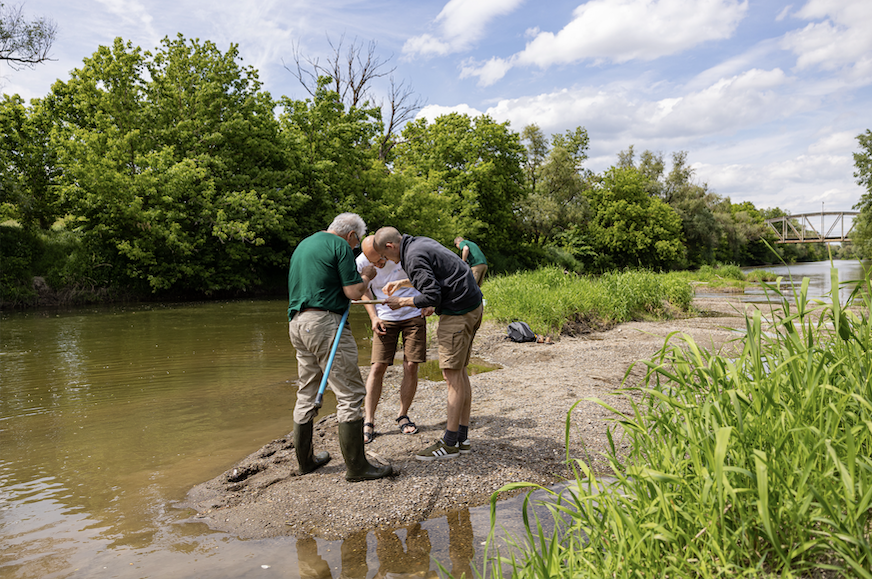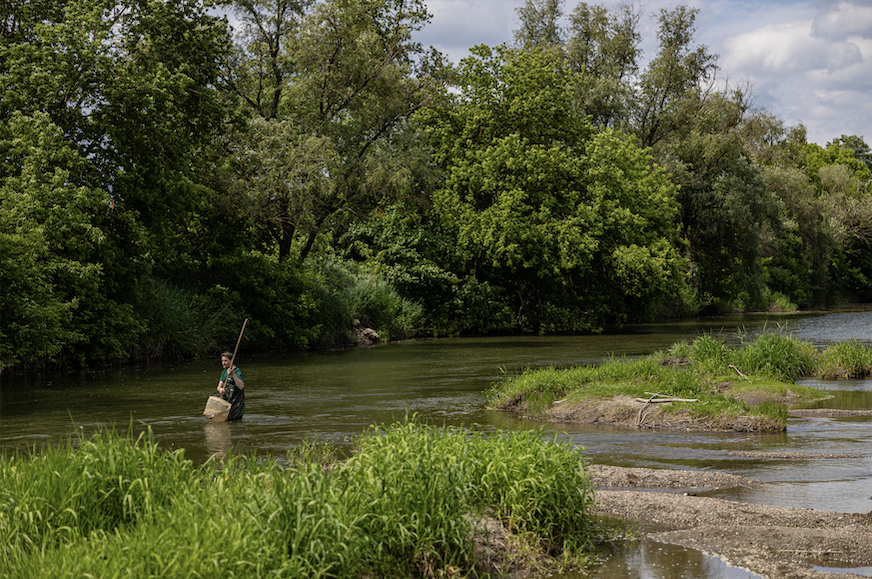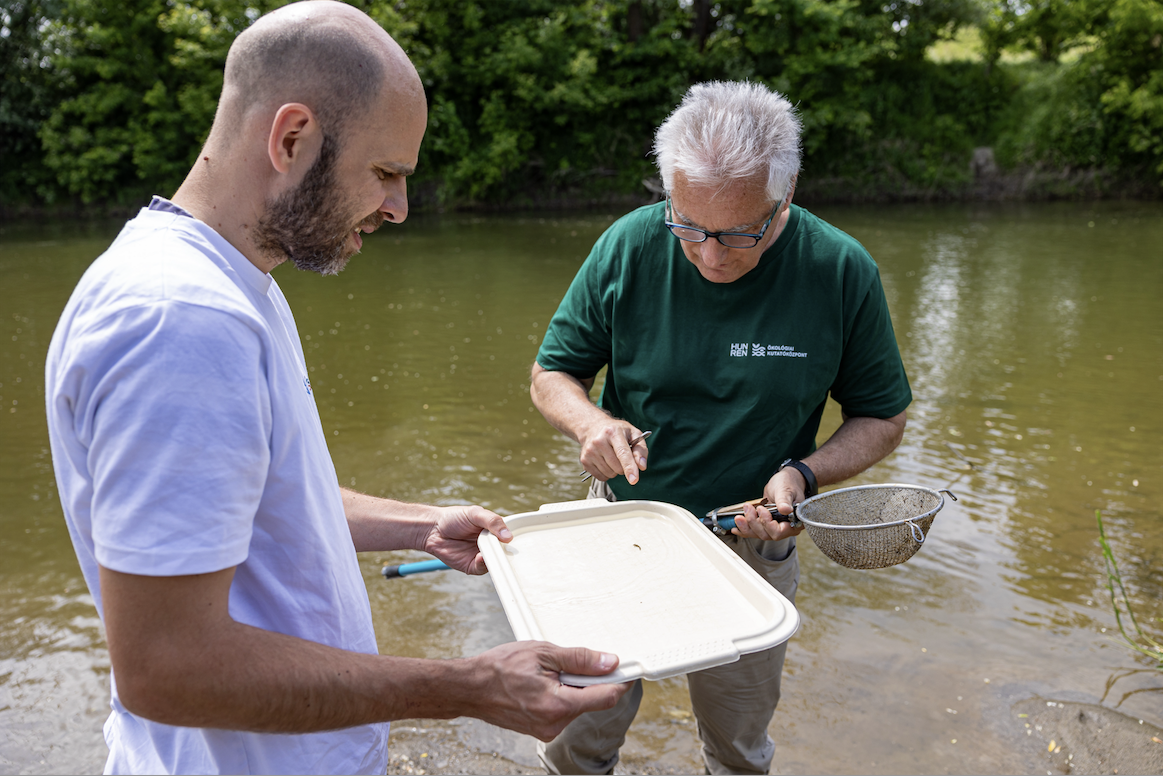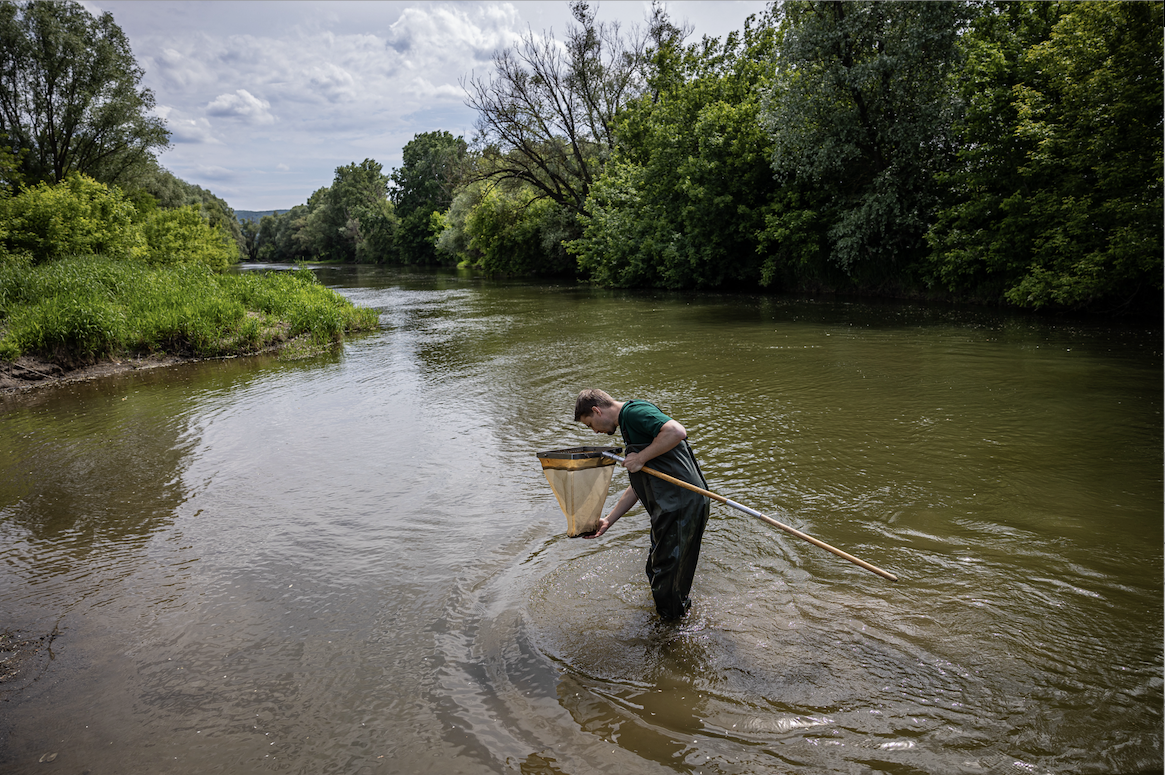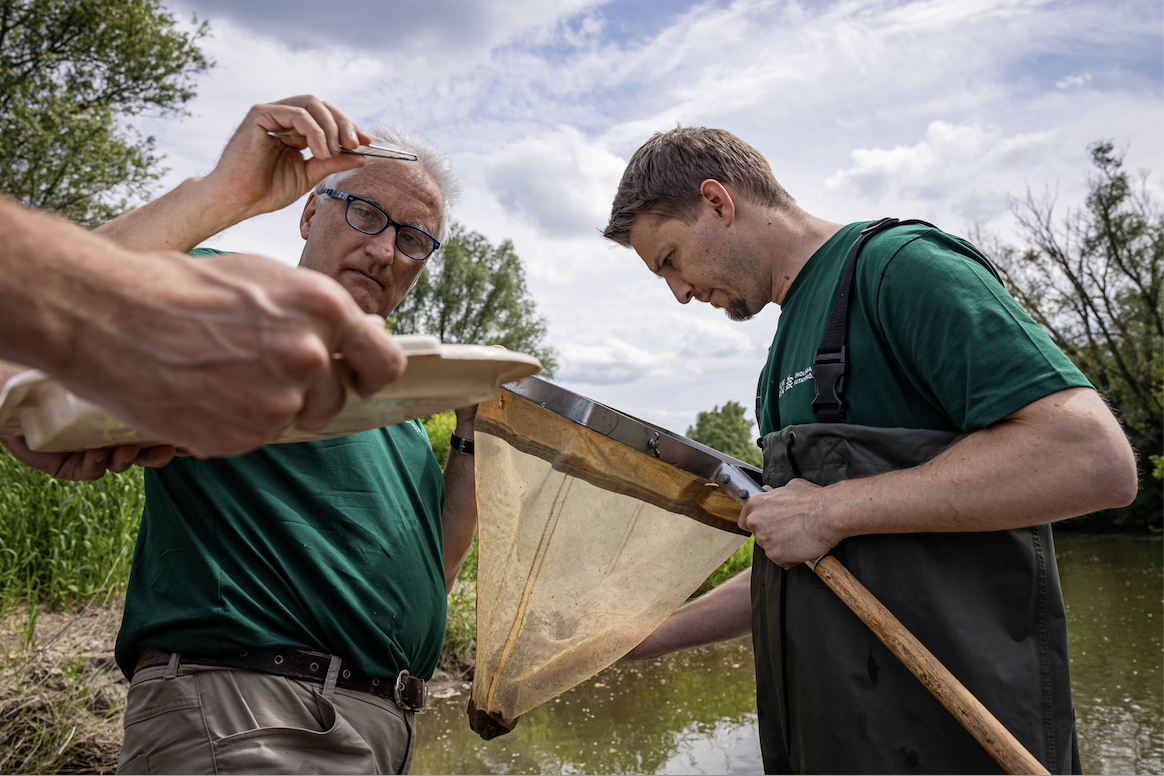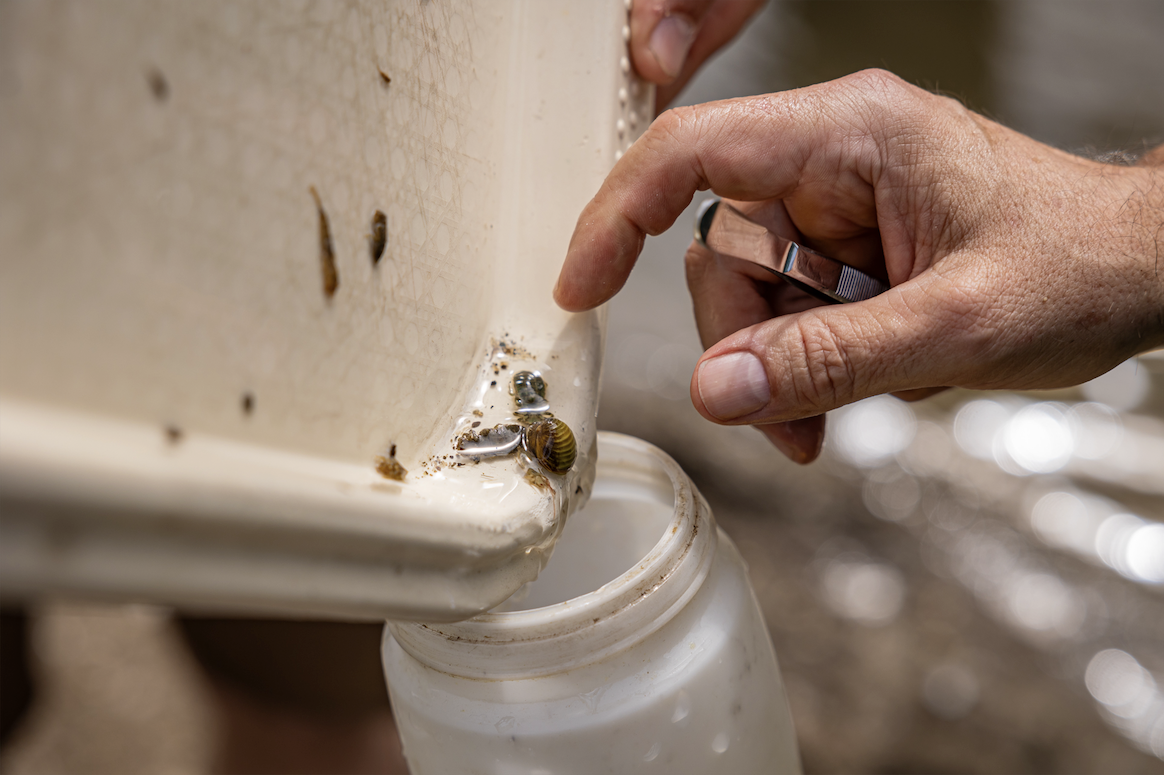
Research groups

Lendület Fluvial Ecology Research Group
Members of the research group:
-
Becz, Barnabás Álmos
science communicator
-
Borza, Péter, PhD
senior research fellow
-
Egri, Ádám, PhD
senior research fellow
-
Kriska, György, DSc
Scientific Advisor
-
Nguyễn, Vũ Đức Thịnh
Assistant Research Fellow
-
Tenorio-Baigorria, Imola
Research assistant
-
Tóth, Flórián, PhD
Researc Fellow
Main profile:
Our research group conducts integrative field, data-driven and experimental studies on river ecosystems, with a particular focus on pelagic functional groups. We particularly focus on the middle Danube and Tisza Valley oxbow lakes in Hungary. We analyse the structure, biodiversity, and functioning of large river and lake communities using the biodiversity-ecosystem functioning (BEF) relationship as a central ecological theorem. Our primary objectives include taxonomic and functional analyses of the river food web and characterising ecological relationships among its components. We also investigate visual ecology and study ecological processes at key interfaces, such as benthos-plankton and river water-land. By understanding the functioning of riverine communities, we aim to predict better their response to climate change, ecological invasions, and human disturbances.
1. Plankton Biodiversity-Ecosystem Functioning (BEF)
Contact: András Abonyi
One crucial research focus of our group is plankton biodiversity in response to human activities. Global warming leads to species and thus function loss, according to the positive biodiversity-ecosystem functioning (BEF) theorem, stating that more diverse communities function more efficiently. Plankton biodiversity is also key to the stable river ecosystem functioning. Still, BEF has remained understudied in river plankton. Using river and connected lake habitats, such as oxbows, we investigate the BEF relationship at and among multiple trophic levels (bacteria, algae and zooplankton), its emergence in time (seasons in lakes), and space (river length), and long-term trends, including large global river data series. Our research helps us understand the consequences of human impacts, such as river regulation or the vertical structuring of the water column (e.g. thermal stratification), both in field and outdoor experimental studies.
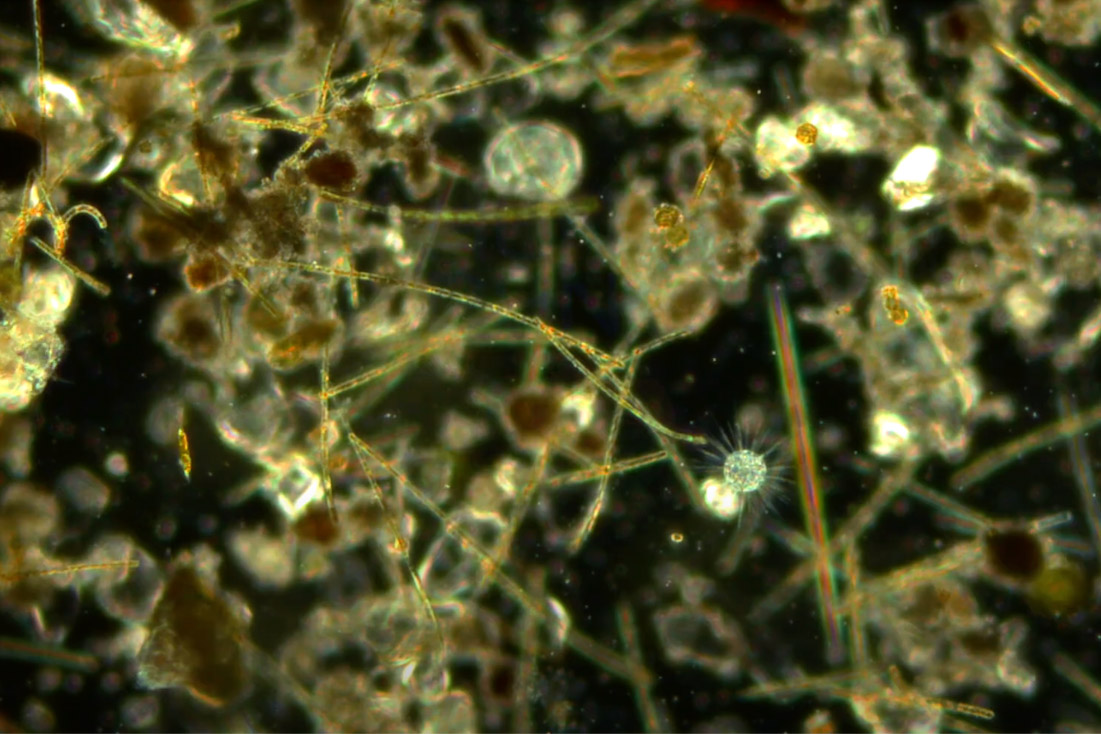
Photo: Álmos Becz
2. Emerging insect ecology
Contact: Ádám Egri, György Kriska
Adults of many aquatic insects emerge from the larval stage by leaving behind the water body that provides home to their larval development. Emerging insects can travel large distances, but we usually only become aware of them when they do so in large numbers, all at once. Mayflies are a prominent group of emerging insects in river fauna. The group includes the twilight-swarming Danube mayfly that usually performs mass-swarming after sunset. Due to their positive phototaxis, they are easily attracted to illuminated bridges and shorelines, where they get trapped and eventually die. Our research has revealed the characteristics of the flight-to-light behaviour and vision of Danube mayflies, and we developed a method to prevent their mass trapping and subsequent death at artificial light sources. Our recent research aims at clarifying mechanistic links between the timing and synchronisation of swarming and basic environmental variables, i.e. understanding swarming ecology. We also aim to develop a swarming prediction model to estimate the time window and intensity of late summer swarming multiple months ahead.
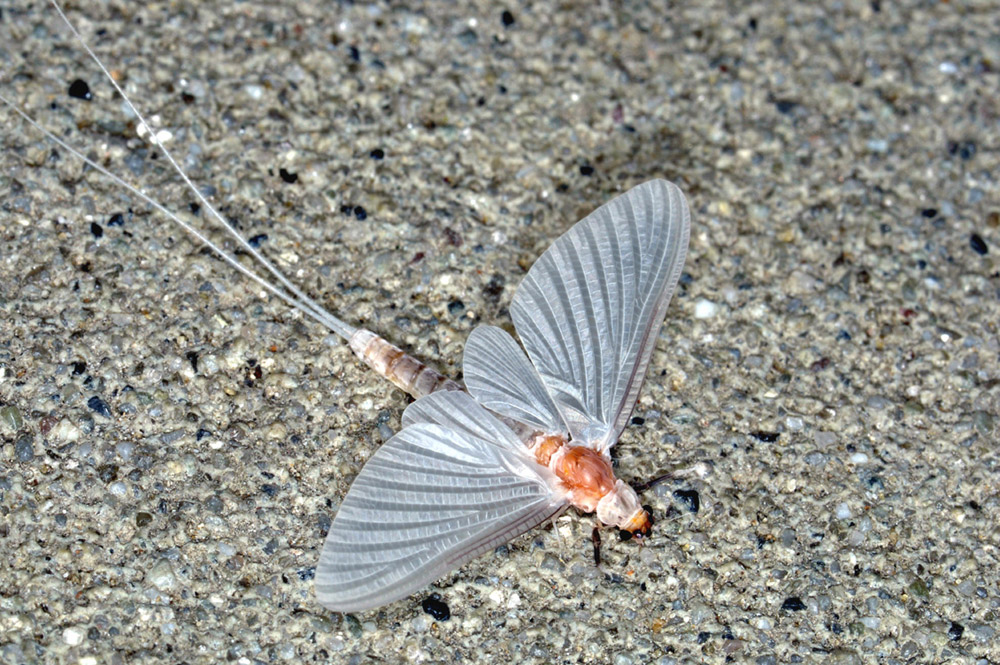
Photo: György Kriska
3. Fluvial invasion biology and the ecology of filter-feeders
Contact: Péter Borza
The effects of invasive species are particularly severe in freshwater, which are extremely species-rich ecosystems compared to their area. Large rivers are heavily modified by channel regulation serve as important trade routes are among the most endangered habitats. In large rivers of Europe, an accelerated expansion of Ponto-Caspian species – native to the Black, Azov, and Caspian seas, but adapted to the freshwater environment – has been observed in recent decades. Our previous research focused on the distribution and the ecological role of the species. Our ongoing research continues to explore the ecological characteristics of native and invasive species, especially concerning their impact on the river ecosystem. With our functional morphological studies, we can deduce the ecological interactions of each species from their measurable traits. We investigate the behaviour of the species towards each other and their sensing abilities with field and laboratory experiments. Our studies also cover the mapping of the distribution of the invasive Asian freshwater jellyfish with the involvement of civilians (DOME project), and our plans include the establishment of laboratory culture to study their trophic ecology.
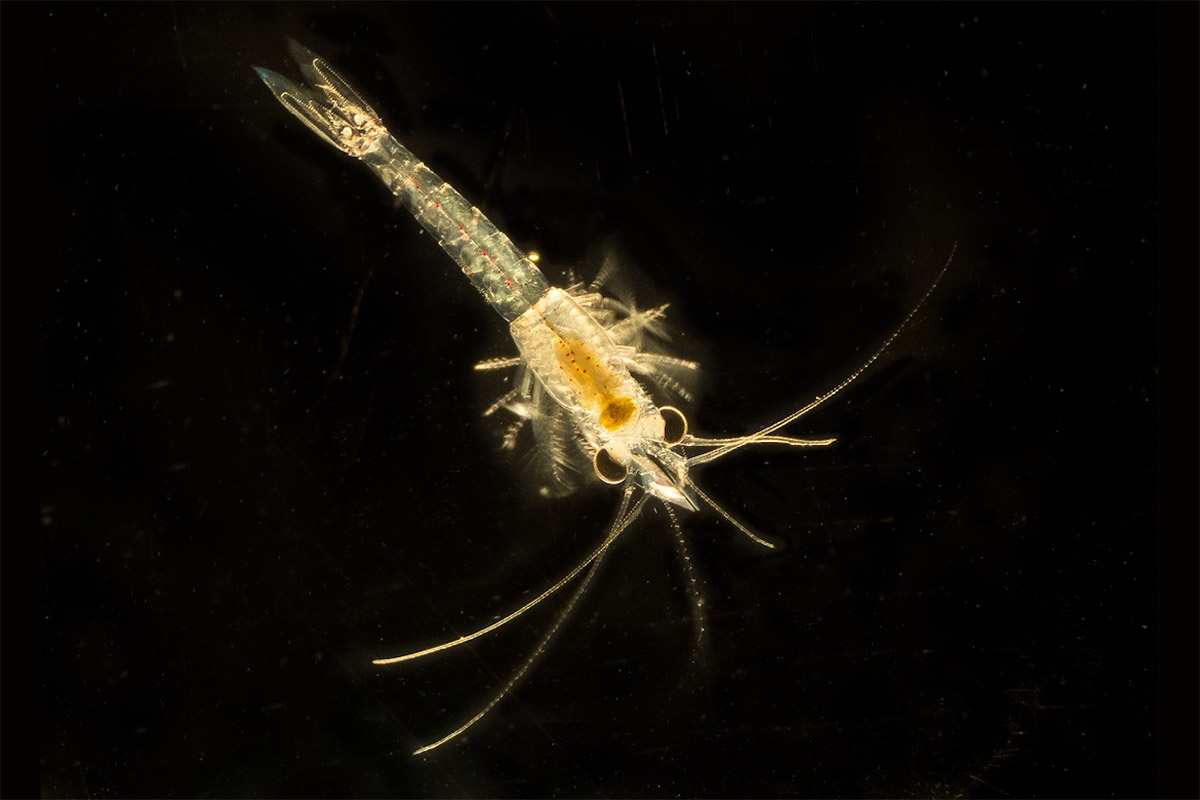
Photo: Imre Potyó
4. Long-term public monitoring of the Danube
Contacts: András Abonyi, Flórián Tóth
Our research team is conducting a high-resolution, long-term sampling of the middle section of the Danube (Sződliget), focusing specifically on the biodiversity of suspended plankton and (most recently, 2025) the fixed benthic biota (algae). Weekly sampling includes measurements of general physical and chemical parameters, water chemistry composition studies, and molecular biological sampling. The aim is to build a database in the Central Danube region that can support large river plankton research and provide rich photographic and video documentation for science visualisation and the development of educational materials. As a complement to the monitoring, we also plan to monitor the swarming of the Danube mayfly, tracking the timing and intensity of the swarming by analysing publicly available webcams and developing and field deploying specific instruments.
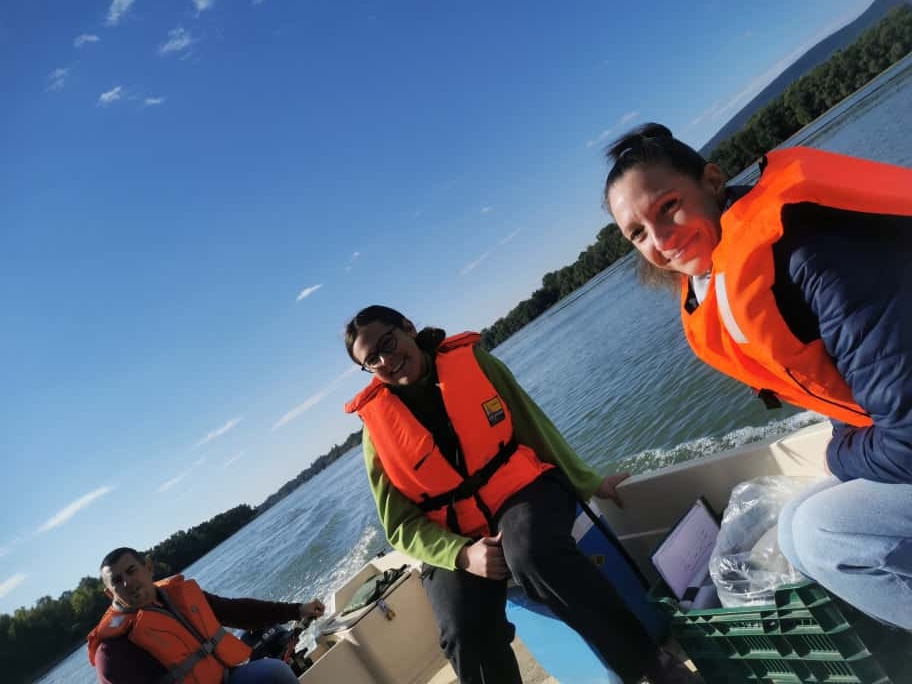
Photo: Gengeliczky Atina
5. Promoting Science
DOME (Citizen Science): Observation and Monitoring in the Danube Region
Contacts: András Abonyi, Ádám Egri
DOME is a newly started (2025- ) Citizen Science project of our research group, which will initially focus on three freshwater species, continuously collecting spatial and temporal data of observations. The Danube mayfly (Ephoron virgo) is endemic in the rivers Danube, Rába, Ipoly and Körös, while the Tisza mayfly (Palingenia longicauda) is native to the Tisza and Rába rivers. They are both outstanding quality indicators of their fluvial ecosystems. The freshwater jellyfish (Craspedacusta sowerbii) is a significant invasive species of slow-flowing rivers and standing waters in the Middle Danube region. It can be frequently observed in tributaries, oxbow lakes and connected habitats. Although this freshwater jellyfish was introduced to Hungary decades ago, we still lack data on its distribution and the environmental parameters it prefers. DOME will establish an online platform allowing the public to systematically collect occurrence data for the above-mentioned species (and later more) to be used in scientific research.
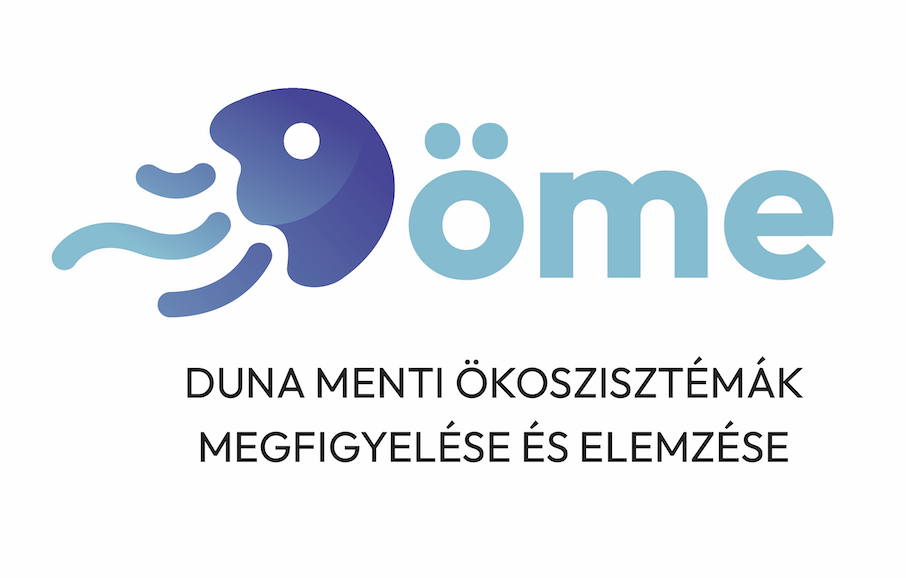
Design: Zoltan Laszlo Horvath Militicsi
Educational and nature films
Contact: György Kriska
Filmmaking enables a broad dissemination of knowledge, so we strive to publish the innovative results of our scientific research in the form of spectacular documentaries. Our nature films use a direct tone of voice to show the biological events in freshwater. Our current movie focuses on river research because rivers and their associated wetlands are of outstanding natural value. By this we mean not only the species of plants and animals that live in the water but also the society to which these habitats contribute so much. While rivers are nature’s most beautiful life force, society’s work to transform the landscape, such as river regulation, is leading to a radical loss of the benefits provided by riverine ecosystems. To change, we need to understand and appreciate how the riverine community works. We join eminent scientists in an introduction to the magic of the substrate-bound (benthic) and suspended (planktic) microcosm, the realm of macroinvertebrate wonders visible to the naked eye, and finally, the specific laws that ensure the river’s existence and healthy functioning will be revealed as we learn about the world of vertebrates. By the end of the film, we outline how this endangered ecosystem can be saved to support both the interests of nature and human and their mutual survival.
Our previous films include Invertebrate Gangsters (3D, 6 min, 2013), The Seven Hunters (26 min, 2015), Rescuing the Danube Mayfly (50 min, 2016), The Water Spider is a Wonder Spider (I-II, 2×30 min, 2019), Freshwater Invertebrates (30 min, 2021), The Danube Mayfly Mystery (40 min, 2022), Polar World (60 min, 2022).
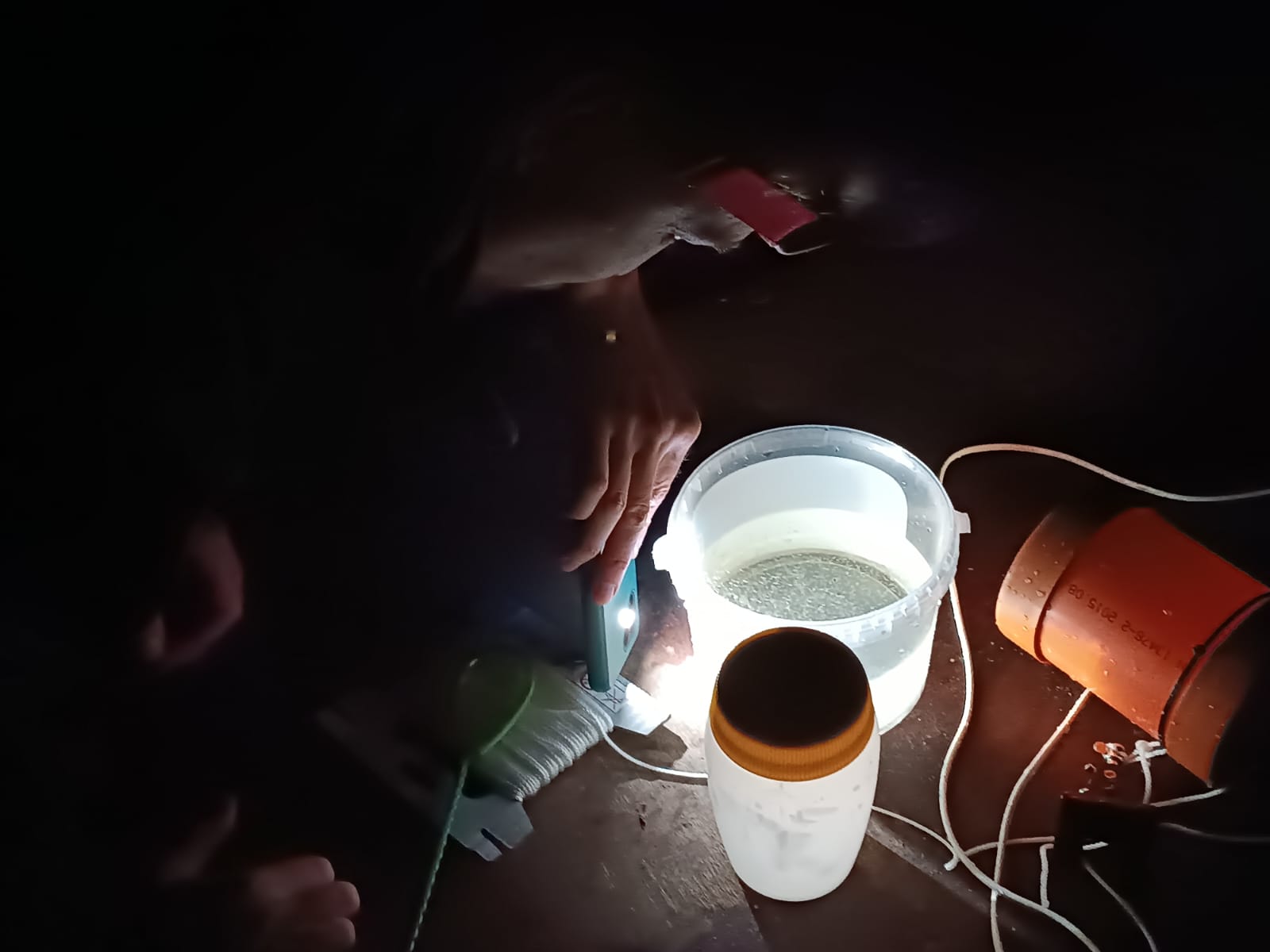
Photo: Ádám Egri
6. Education and training
Contacts: András Abonyi, Péter Borza, Ádám Egri, György Kriska
Senior researchers of our research group are active MSc and PhD supervisors with announced research topics in the Doctoral School of Biology (Eötvös Loránd University, Budapest), Doctoral School of Environmental Sciences (Eötvös Loránd University, Budapest), Doctoral School of Chemistry and Environmental Sciences (University of Pannonia, Veszprém) and Juhász-Nagy Pál Doctoral School (University of Debrecen, Debrecen). Our educational activity covers the field of biology and visual ecology, but a course about fluvial ecology is under preparation and will soon start at Eötvös Loránd University.
7. Science communication
Contact: Álmos Barnabás Becz
We actively look for opportunities to share our research projects and findings with the public. We participate in various events, both at our institution and the country level, like Researchers’ Night, the Danube Mayfly Festival, open days, and even off-site appearances. Our researchers are happy to give interviews on different platforms, and we’re also more than happy to offer laboratory tours, off-site lectures, or microscope demonstrations.

Photo: Zsuzsanna Scheuer


